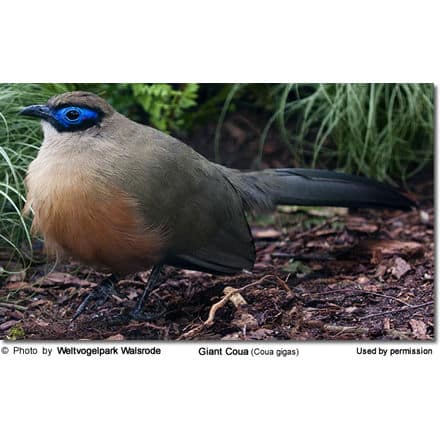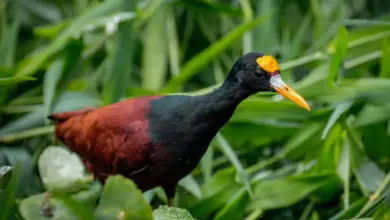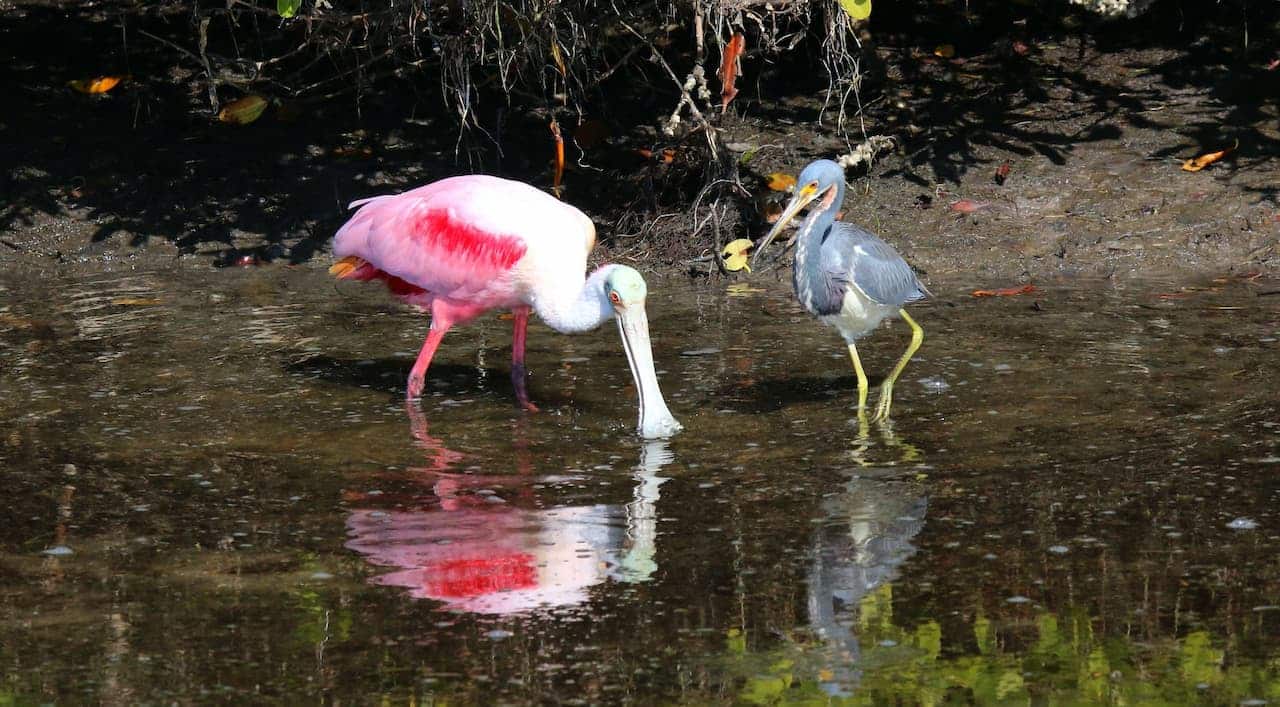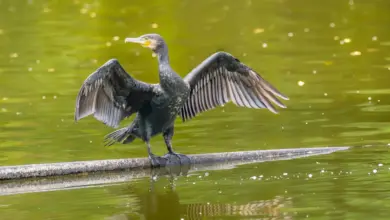Green-throated Mangos
The Green-throated Mango (Anthracothorax viridigula) is a South American hummingbird.
Alternate (Global) Names
Spanish: Mango Gorgiverde; Portuguese: Beija-flor-de-veste-verde; French: Mango à cravate verte; Italian:Mango golaverde; Japanese: aonodomango-hachidori; Czech: kolib?ík zelenohrdlý; German: Smaragdkehl-Mangokolibri; Danish: Grønstrubet Mango; Finnish: mangrovehohtokolibri; Dutch: Groenkeelmango; Norwegian: Grønnstrupemango; Polish: weglik zielonogardly; Slovak: jagavicka zelenohrdlá; Swedish: Grönstrupig mango
Distribution / Range
Its natural range includes northeastern Venezuela, Trinidad, and the Guianas south to northeastern Brazil. It is a local or seasonal migrant.
In Brazil, they are only found on the narrow Atlantic coastal strip north and south of the Amazon River outlet, and a strip along the river proper, about 1500km upstream.
They inhabit mangrove swamps and moist lowland savannahs.
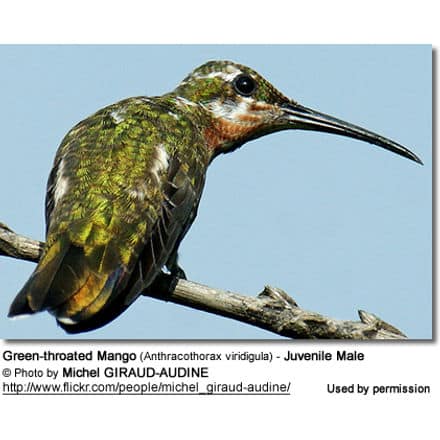
Description
It averages 4 inches or 10.2 cm in length and weighs 0.3 oz or 9 g.
The longish black bill is slightly curved.
The male’s Green-throated Mango upper plumage is glossy bright green with a copper tinge, especially on the lower back. His throat and under plumage are green with a black central line on the chest and abdomen. His tail has dark central feathers, the outer tail being wine-red tipped with black.
The female has more bronze on the upper plumage and sides. She is mostly white below with a black central stripe. The central feathers of her tail are dark; except the outer tail is wine-red tipped with white.
Juveniles look like females, except they have chestnut-colored sides.
Similar Species: They resemble the closely related Black-throated Mango. Except the male Green-throated has less extensive black on the under plumage. This is sometimes difficult to confirm in the field, as birds may appear all black under certain lighting conditions. The females of the two species look very much alike – except the Green-throated has more extensively coppery under plumage than the Black-throated female.

Nesting / Breeding
Hummingbirds are solitary in all aspects of life other than breeding, and the male’s only involvement in the reproductive process is the actual mating with the female. They neither live nor migrate in flocks, and there is no pair bond for this species. Males court females by flying in a U-shaped pattern in front of them. He will separate from the female immediately after copulation. One male may mate with several females. In all likelihood, the female will also mate with several males. The males do not participate in choosing the nest location, building the nest, or raising the chicks.
The female Green-throated Mango is responsible for building the deep, cup-shaped nest out of plant fibers woven together and green moss on the outside for camouflage in a protected location in a shrub, bush, or tree. She lines the nest with soft plant fibers, animal hair, and feather down, and strengthens the structure with spider webbing and other sticky material, giving it an elastic quality to allow it to stretch to double its size as the chicks grow and need more room. The nest is typically found on a low, thin horizontal branch.
The average clutch consists of two white eggs, which she incubates alone, while the male defends his territory and the flowers he feeds on. The young are born blind, immobile, and without any down.
The female alone protects and feeds the chicks with regurgitated food (mostly partially digested insects since nectar is an insufficient source of protein for the growing chicks). The female pushes the food down the chicks’ throats with her long bill directly into their stomachs.
As is the case with other hummingbird species, the chicks are brooded only the first week or two and left alone even on cooler nights after about 12 days – probably due to the small nest size. The chicks leave the nest when they are about 7 – 10 days old.

Diet / Feeding
The Green-throated Mango primarily feeds on nectar taken from a variety of brightly colored, scented small flowers of trees, herbs, shrubs, and epiphytes. They favor flowers with the highest sugar content (often red-colored and tubular-shaped) and seek out, and aggressively protect, those areas containing flowers with high-energy nectar. They use their long, extendible, straw-like tongues to retrieve the nectar while hovering with their tails cocked upward as they are licking at the nectar up to 13 times per second. Sometimes they may be seen hanging on the flower while feeding.
Many native and cultivated plants on whose flowers these birds feed heavily rely on them for pollination. The mostly tubular-shaped flowers actually exclude most bees and butterflies from feeding on them and, subsequently, from pollinating the plants.
They may visit local hummingbird feeders for some sugar water, or drink out of bird baths or water fountains where they will either hover and sip water as it runs over the edge; or they will perch on the edge and drink – like all the other birds; however, they only remain still for a short moment.
They also take some small spiders and insects – important sources of protein particularly needed during the breeding season to ensure the proper development of their young. Insects are often caught in flight (hawking); snatched off leaves or branches, or taken from spider webs. A nesting female can capture up to 2,000 insects a day.
Males establish feeding territories, where they aggressively chase away other males as well as large insects – such as bumblebees and hawk moths – that want to feed in their territory. They use aerial flights and intimidating displays to defend their territories.
Calls / Vocalizations
The Green-throated Mango’s call is described as a staccato stony click.
Hummingbird Resources
- Hummingbird Information
- Hummingbird Amazing Facts
- Attracting Hummingbirds to Your Garden
- Hummingbird Species
- Feeding Hummingbirds

